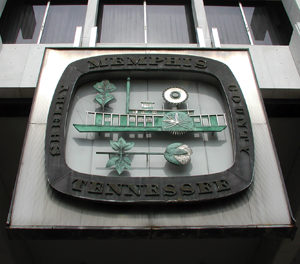From Governing:
On a bright day last spring as I was heading into City Hall in Bloomington, Ind., I overheard one person ask another, “Have you heard they plan to install parking meters downtown?”
Bloomington was indeed about to install meters, so the comment wasn’t a surprising one, except for one thing: The two people discussing the meter plan were city parking-enforcement officers. The “they” being referred to was the municipal government for which these officers both worked.
As the city’s deputy mayor, I was particularly interested in the remark because it illuminated the fact that as much as city governments try to communicate openly with staff and other critical audiences, there’s definitely room for improvement. As with everything, some cities do it better than others, some would like to do it better but think they lack time or resources, and yet others see limited value in strengthening these kinds of internal communications. I believe that when public employees are kept in the loop, everybody wins.
We need individuals such as these parking-enforcement officers to be well informed of our plans and armed with facts and accurate understanding as to why major policy decisions have been made. Even if they disagree with a particular decision, they would understand its intent and potential implications. Without the facts, they are left to wonder, speculate perhaps share their uncertainties with friends, family and the many members of the public they encounter daily.
So how do we inform and engage our employees on key issues? There are a number of effective tactics we can employ, such as discussions at staff meetings, emails, newsletters and blog posts, but tactics like these can be hit or miss and lack big-picture context.
Instead, what about a more thorough, strategic and systematic approach that not only would share important information with staff but would enrich their work and allow them to contribute more directly to the community’s vibrancy and livability? To that end, here are some ideas for what might be a three-pronged approach to mobilizing staff engagement:
1. Create an employee academy — a “muniversity” — to enhance staff knowledge about what all of the city’s divisions do, how they do it and why. This would enable staff to contribute ideas and learn more about the city’s mission and strategic initiatives, how their departments fit into these overarching goals, how departments might collaborate more effectively, and how the staffers’ own roles directly contribute to making the community stronger.
Employees could play a significant role in shaping the structure and goals of the muniversity and in leading the learning experiences. Service delivery and morale likely would improve, knowledge would broaden, leadership and other skills would be honed, and employees would gain increased opportunities for upward mobility.
2. Building on the muniversity idea, create an interactive, online “communicity” system that succinctly conveys current information and positions on top projects and issues to enable staff to know about, understand, manage, contribute to and communicate about key city projects and initiatives.
3. A “communications exchange” could help city workers bolster and broaden citizen engagement in a variety of ways. City workers could develop relevant content for social media. They could staff a “govmobile” that would visit the near and far corners of the community to provide news about upcoming public meetings, board and commission opportunities, and major city projects and city services. And employees could hand out business cards that feature customer-service contact information and perhaps QR codes directing the public to services on the city’s website.
The people who work for government can be some of its best advocates and spokespersons, which can help make any initiative more effective. But to tap into that potentially powerful resource, governments need to bring them into the loop and keep them there.




